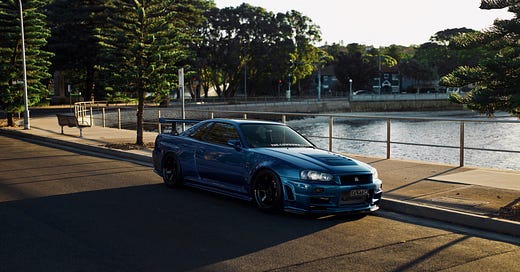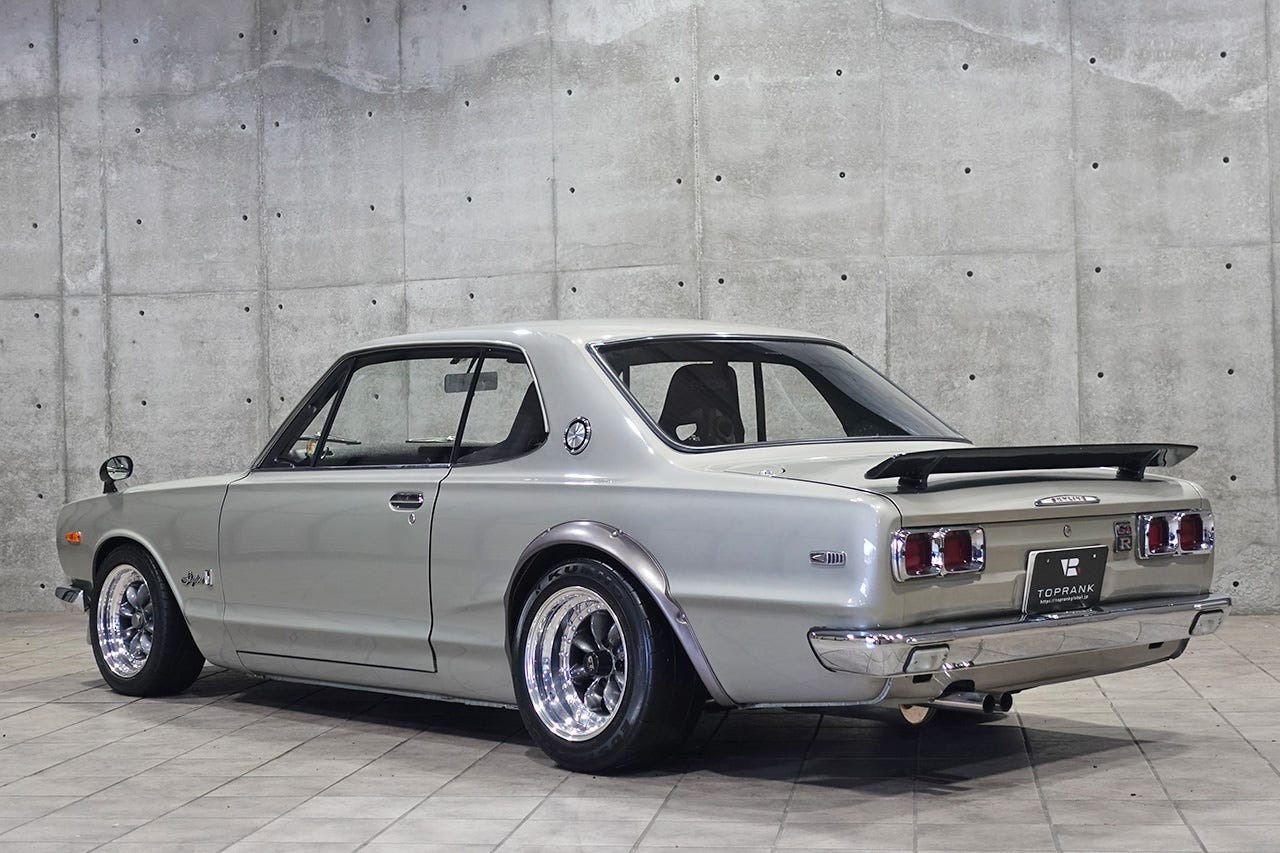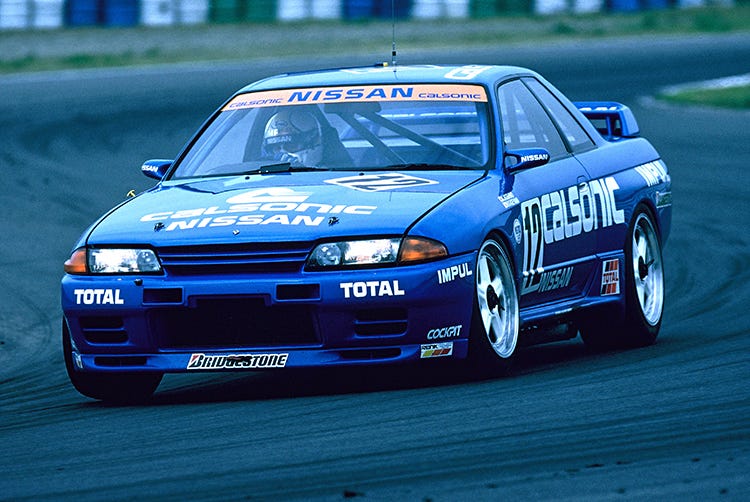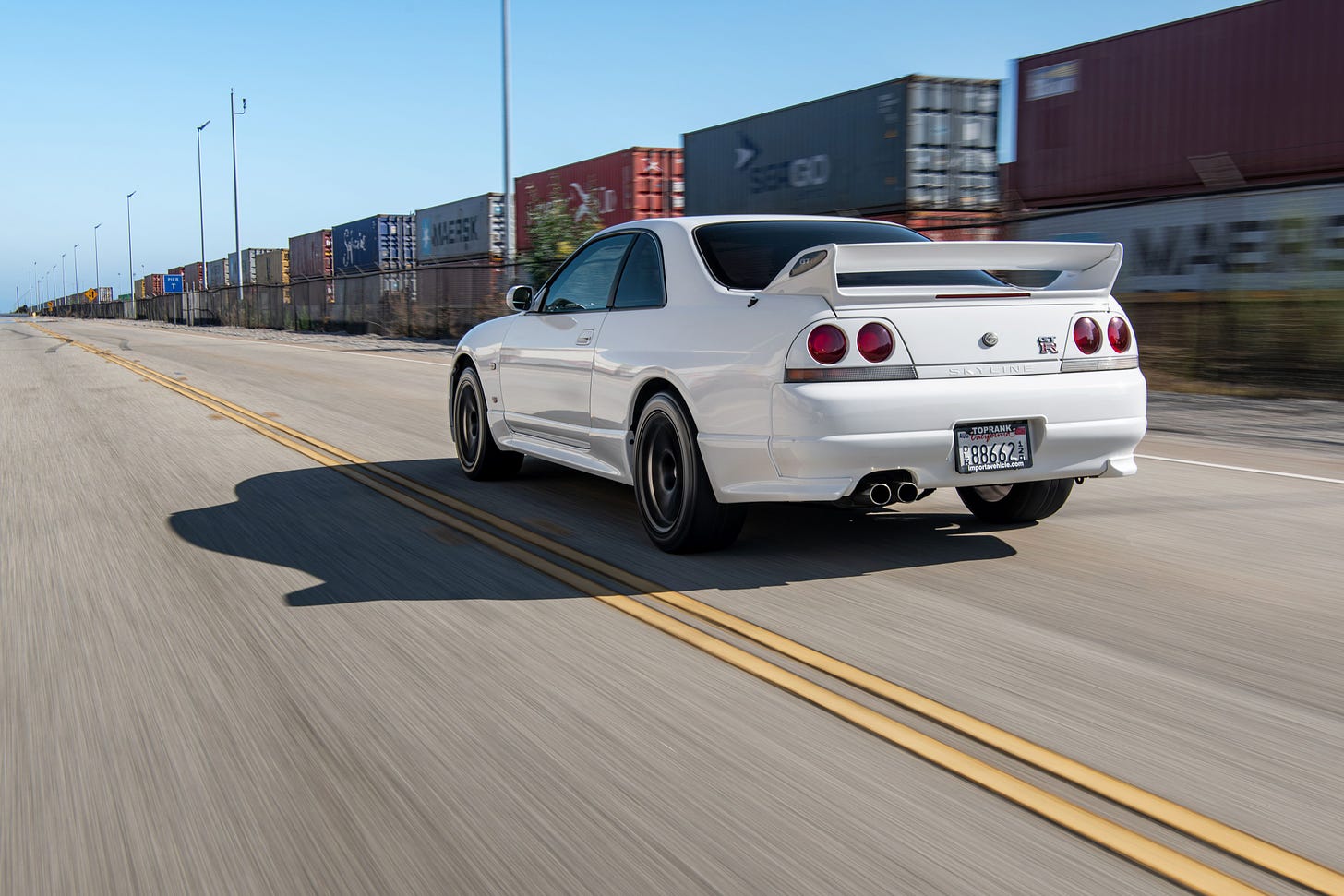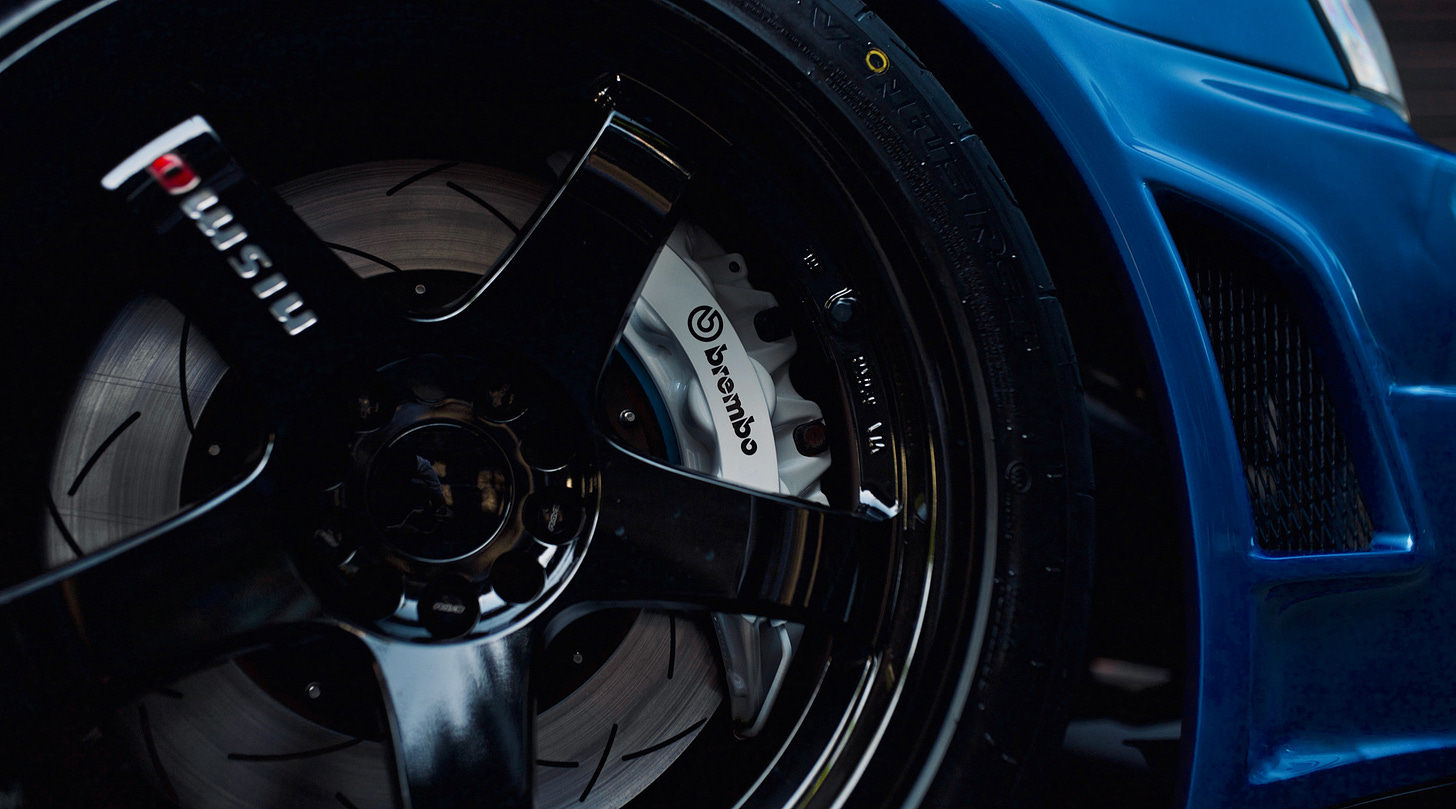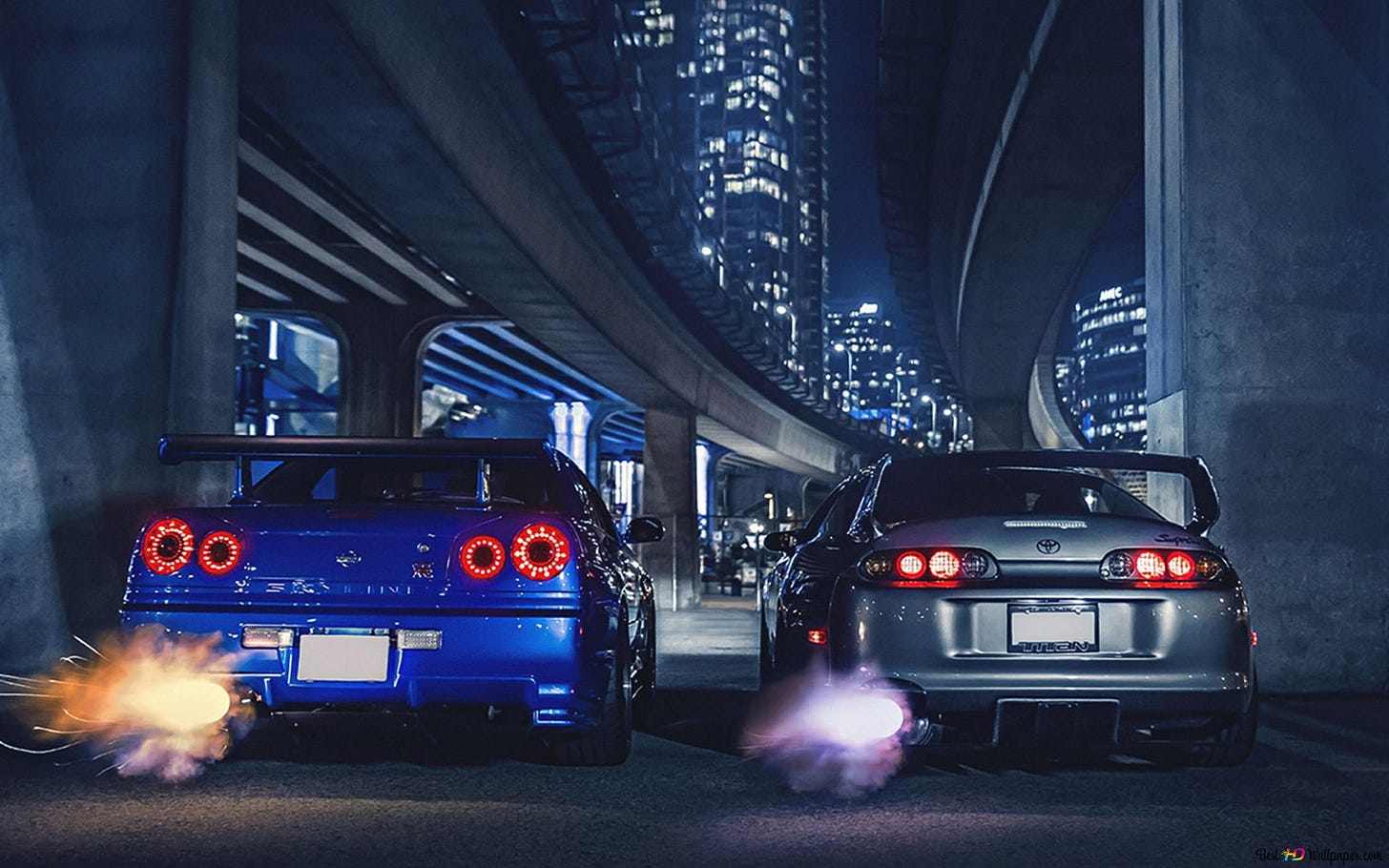The Nissan GTR, also known as the Godzilla, has been a staple in the automotive industry since its introduction in 1969. Initially released as the Skyline GTR, the car quickly made a name for itself in the racing world with its impressive performance and sleek aesthetics. The GTR has evolved throughout the years, but its reputation as a powerhouse of a car remains intact. The first GTR was produced in 1969 and was known as the Hakosuka, which translates to "Box Skyline" due to its boxy shape. This model featured a 2.0-liter engine with 160 horsepower and was designed for the Japanese market. The Hakosuka was not exported to other countries, which made it a rare find for car enthusiasts outside of Japan.
After a hiatus of 16 years, the GTR returned in 1989 with the R32 model. This was the first GTR to be officially exported to other countries, including the United States. The R32 GTR had a 2.6-liter twin-turbocharged engine that produced 276 horsepower. Its performance capabilities, including a top speed of over 150 mph, quickly made it a fan favorite in the racing world. The R32 also had an iconic design that is still celebrated to this day. When comparing the first-generation Hakosuka GTR to the R32 GTR, the differences are significant. While the Hakosuka had a smaller engine, it was a lightweight car that offered nimble handling and agility. The R32, on the other hand, had a larger engine and an advanced all-wheel-drive system that made it a more capable and well-rounded car. The R32's twin-turbocharged engine also offered more power, making it faster in a straight line than the Hakosuka. However, the Hakosuka's boxy design is still celebrated by many car enthusiasts, and it remains a popular classic among GTR fans.
The R33 GTR was released in 1995 and featured a slightly larger body and improved performance. Its 2.6-liter engine produced 305 horsepower, which was a significant increase from the R32. The R33 was also used in various racing circuits, including the Australian Touring Car Championship and the Japanese Touring Car Championship. The R32 and R33 GTRs are similar in many ways, but the R33 is a more refined version of the R32. The R33 has a larger body and improved aerodynamics, which helped to reduce drag and improve stability at high speeds. The R33 also had an upgraded engine that produced more horsepower than the R32. However, some GTR fans argue that the R33 lost some of the rawness and charm of the R32, making it less exciting to drive.
The R34 GTR, released in 1999, is widely considered the king of all GTRs. Its 2.6-liter engine produced 276 horsepower, but with the use of the ATTESA E-TS all-wheel-drive system, the R34 could reach 60 mph in just 4.7 seconds. The R34 GTR was also featured in the popular movie "2 Fast 2 Furious," which helped increase its popularity even further. The R34 GTR is widely considered to be the pinnacle of the GTR lineage. Its advanced all-wheel-drive system, which featured the ATTESA E-TS Pro, made it one of the most capable and well-rounded cars of its time. The R34's design was also iconic, with its muscular body lines and signature quad tail lights. The R34's engine was not as powerful as some of its contemporaries, but its advanced drivetrain made up for it, and it still managed to offer impressive performance. The R34's popularity was further cemented by its appearance in movies such as "2 Fast 2 Furious."
One of the reasons why the GTR is so amazing to modify is its aftermarket support. With so many people passionate about the GTR, there is a plethora of parts and accessories available to modify and upgrade the car's performance and aesthetics. This is particularly true for the R34 GTR, as it has become a popular platform for tuning and customization.
When comparing the GTR to the Supra, there are several factors to consider. In terms of performance, the GTR has always been known for its superior all-wheel-drive system, which provides better traction and handling. The Supra, on the other hand, is a rear-wheel-drive car that can be more challenging to handle. Additionally, the GTR's all-wheel-drive system has made it a popular choice for racing, whereas the Supra has been more of a tuner car for drag racing.
In conclusion, the Nissan GTR has a rich history that spans over 50 years, and each model has its unique characteristics and features. While all GTRs are impressive in their own right, the R34 GTR stands out as the king amongst the other models due to its performance, aesthetics, and popularity. The GTR is also better than the Supra in several ways, particularly when it comes to handling and racing capabilities.

